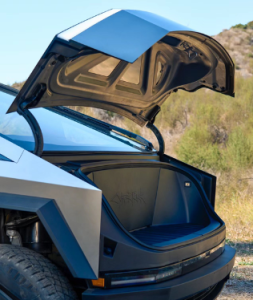Whether it is a holiday or any given day of the week, the risks associated with impaired drivers remain hazardous across Canadian roads. While the dangers of alcohol-impaired driving are well known, Canadians are often less aware of the dangers posed by other substances, particularly marijuana.
“Since the legalization of cannabis in 2018, some Canadians remain unclear about the dangers and possible legal consequences of driving high. Drivers under the age of 34 account for approximately $658 million of the total costs attributable to motor vehicle collisions related to driving under the influence of cannabis,” says Collision Repair Bureau president Darryl Simmons. “Half of these accidents occur between the hours of 11 p.m. and 4 a.m.”
The Collision Repair Bureau recommends the following common-sense guidelines to help keep yourself and others safe:
- If you plan on drinking alcohol or smoking marijuana, have a plan to get home that does not involve you driving a vehicle – e.g., use a designated driver, call a ride-sharing or taxi service, or make accommodations to stay the night
- Do not allow others to drive if you know they have been participating in alcohol consumption or drug use
- If you suspect a driver is impaired, notify the police immediately
“The latest stats show that in 2015, 72,039 impaired driving incidents were reported,” says Simmons. “That means on average there were 201 accidents per 100,000 people.”
If you ever find yourself in a collision where you believe the other involved drivers may be impaired, those who are under the influence may present as argumentative or distraught. Although impaired drivers will often add to an already stressful situation, it is important to remain calm and call 9-1-1 as soon as possible.
The Consumers Guide to Collision Repair is dedicated to assisting individuals involved in automotive collisions and providing them with the tools and information needed in order to make the collision repair process as easy as possible.









